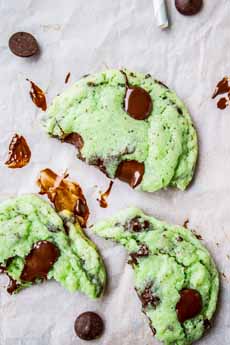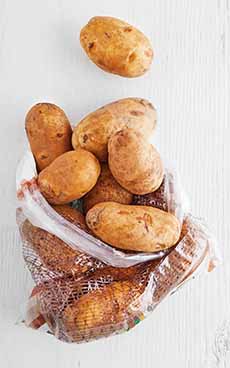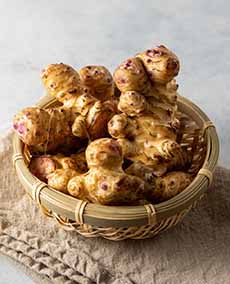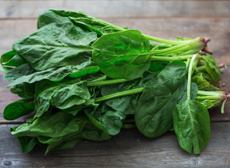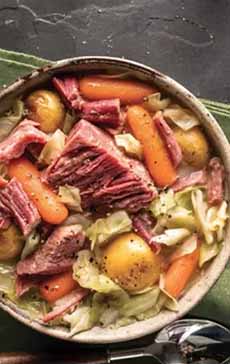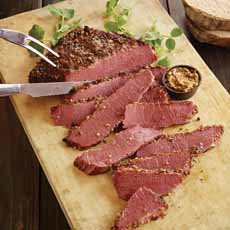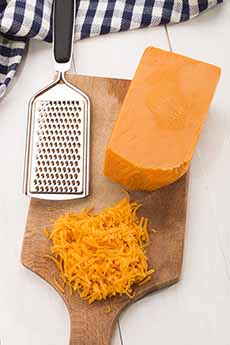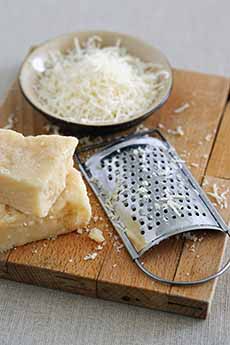|
Move over peppadews: There’s a new mini chile to add panache to your food. Introducing binquino, a petite chile pepper that’s native to Brazil and sold in the US.
Rating from 1,000 to 2,000 on the Scoville heat scale, it packs a wee punch—about the same as ground chili powder.
The biquinho (bee-KEEN-yo), also known as the sweety drop, is typically sold pickled. It adds a kiss of flavor to everything it touches.
But if you can find them fresh (or grow your own), their smokey-sweet flavor is delicious on crudité platters, in salads, stews, stir-fries, and baked into breads, savory muffins, and scones.
The little chile delivers color, flavor, elegance, and whimsy. Their small teardrop shape and zesty flavor are alluring with gourmet appeal.
The marinades are usually tangy-sweet, creating a pickled chile pepper that’s just right for special occasions or casual snacking.
> Related chiles on the Scoville scale.
> The different types of chiles.
> The history of chile peppers, and why they’re called chiles (correct) and peppers (less accurate).
WHAT ARE BIQUINHO (SWEETY DROP) PEPPERS?
They’re tiny tear drop-shaped peppers about the size of a nickel. The name means “little beak,” referring to the pointed tips (photo #1).
Most commonly red, you can also find them in yellow. The combination of the two colors adds many creative options to your fare.
Thanks to our colleague Hannah Kaminsky of Bittersweet Blog for the introduction.
HOW CAN YOU USE BIQUINHO PEPPERS?
Hannah says: “If you crave the salty, briny bite of pickles like I do, it’s hard to resist popping them in your mouth straight away. Soft, tender flesh gives way to crunchy seeds for a wholly satisfying bite.
“Of course, if you can delay that gratification, there’s no end to their use in everyday and special occasion dishes alike.”
Just open the jar and use the peppers for:
Adorned cheese or charcuterie boards
Beguiling appetizer picks, with cubes of cheese, ham, olives, and/or cocktail onions
Delightful drinks: Bloody Marys, Martinis, tomato or vegetable juice (photo #2)
Flavorful sandwiches or wraps
Perfect pickle replacement
Perky pizzas (add after baking)
Salads with amped-up colors and flavors (photo #3)
Wild cards: canapés, omelets, tacos, you-name-it
Don’t throw out the marinade, by the way. Pop in some grape (pear) tomatoes—or even some grapes—and let them sit for a day or two in the fridge. You’ll have more pickled possibilities.
GET YOUR BIQUINHOS
If you can’t find biquinhos at an olive bar near you, look online. We found these on Amazon:
4.3 oz/122g jar
170g jar
28-ounce can
You can also buy seeds to grow your own. Also see photos #4 and #5.
You’ll have lots of food fun with these creative peppers, which add both elegance and whimsy to your food.
BIQUINHO TRIVIA
The pepper has a distinctive smoky flavor like other members of its genus and species, Capsicum chinense.
While biquinhos are very mild (between 1,000 and 2,000 Scoville Heat Units), it has species relatives that include the habanero and some of the hottest peppers in the world—like the bhut naga with Scoville Heat Units of more than 2 million.
|
|

[1] The petite biquinho pepper from Brazil is about the size of a nickel (photos #1, #2, AND #3 © Hannah Kaminsky | Bittersweet Blog).
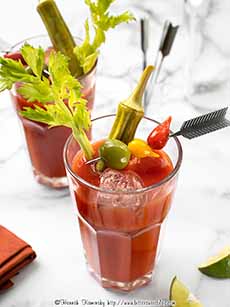
[2] For a cocktail garnish, or a larger appetizer pick, the pickled biquinho is perfect.

[3] For color and flavor, toss them into salads, on pizzas, canapés, and so much more.
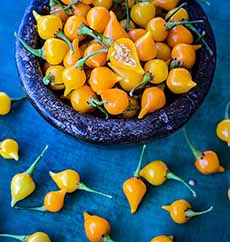
[4] Grow yellow biquinho peppers—it’s less common to find them pickled. Buy seeds from Rare Seeds (which also has red biquinho seeds (photo © Rare Seeds).
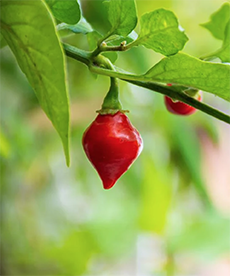
[5] Another source to grow your own: Pepper Joe, a specialist in chile seeds and plants (photo © Pepper Joe).
|

